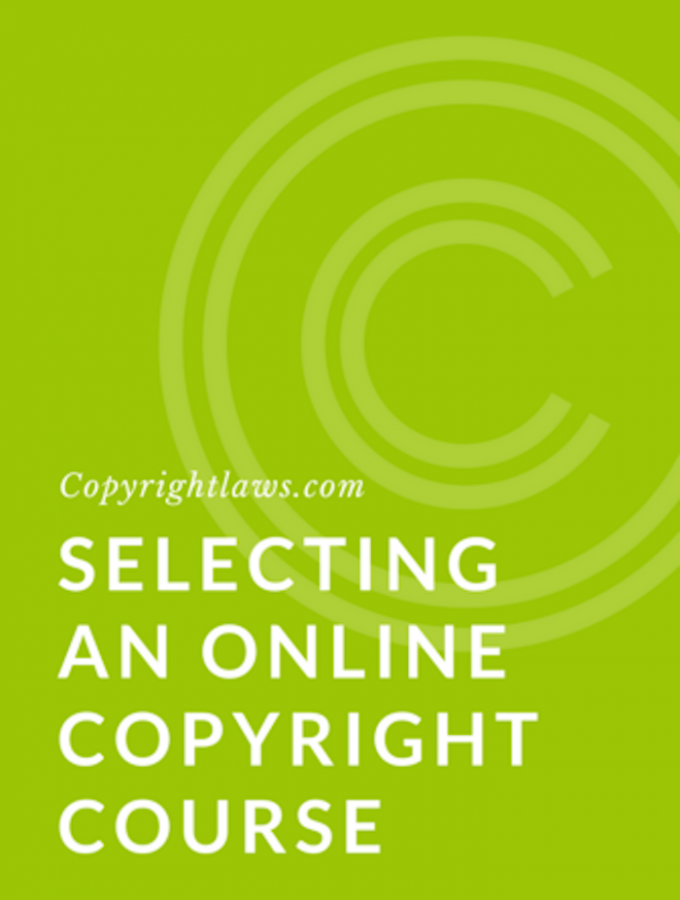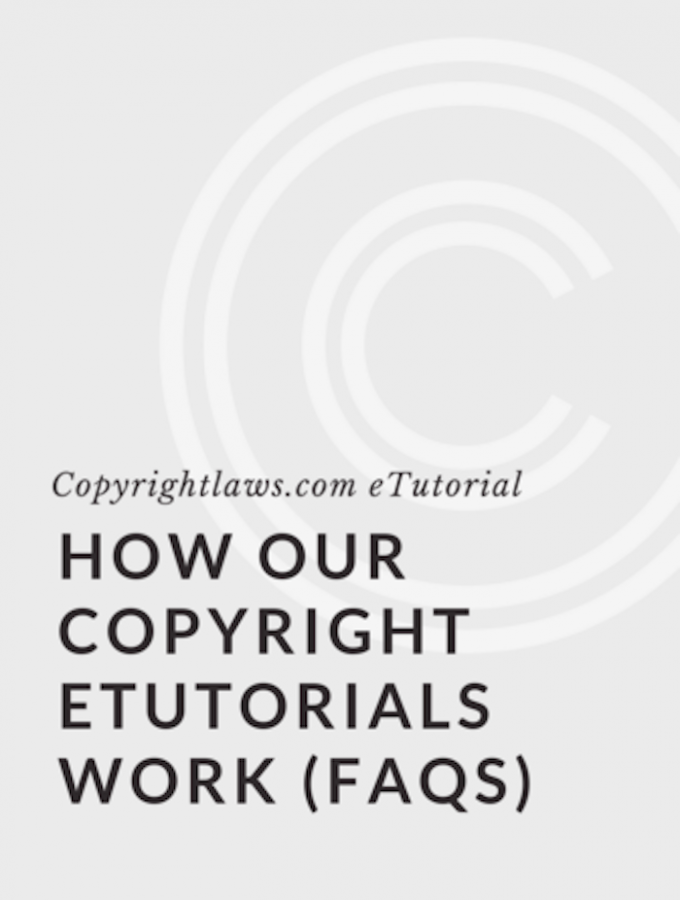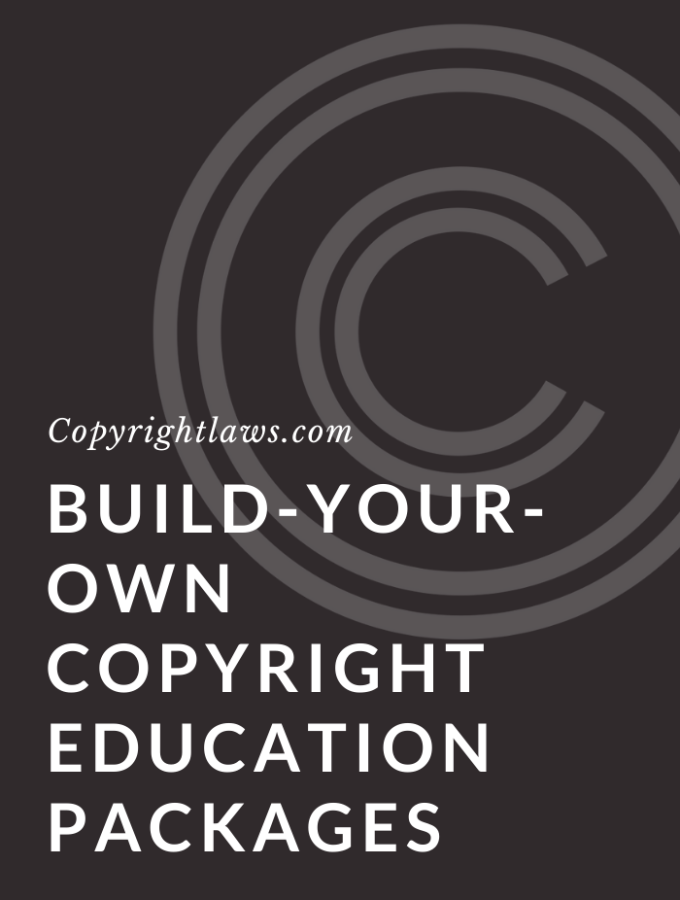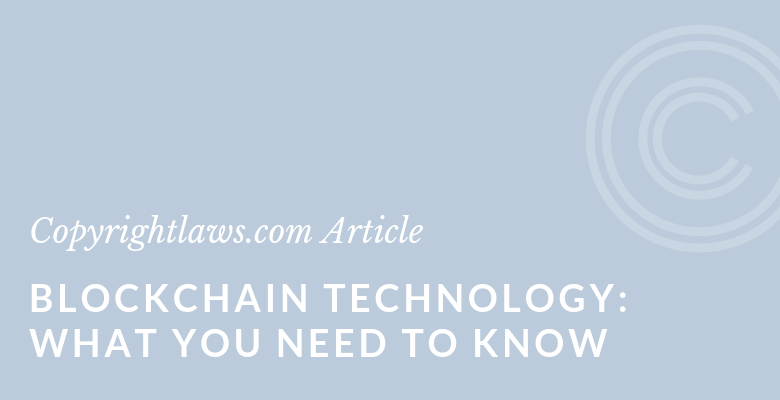
Copyrightlaws.com is excited to share Emilie Algenio’s second guest post on our site, on blockchain technology. She also shared her experiences as a Copyright Specialist and her tips for librarians who deal with copyright issues and answer copyright questions in Copyright Specialist: Getting Started. Ms. Algenio is the Copyright/Fair Use Librarian for the Texas A&M University Libraries.
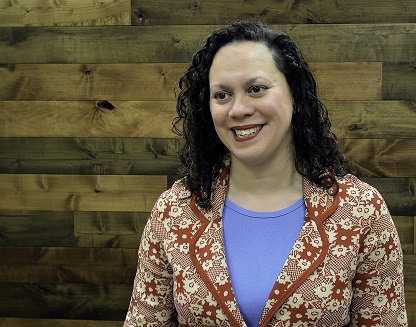
Copyright Specialist Emilie Algenio.
Photo by Chad Becker. Copyright by Texas A&M University.
What Blockchain Technology Is, and What You Need to Know About It
Copyright Specialists like myself are tasked with keeping an eye on upcoming technologies and innovations, within their own field and beyond. One technology, in particular, is receiving considerable attention in the media: blockchain. This article covers what it is and why it may affect your own organization down the road.
What Is Blockchain?
In a basic sense, blockchain is a database, a digital ledger which records transactions. As a database, it consists of three essential elements:
- A record
- A block, and
- A chain.
They all build consecutively upon each other:
- A transaction is recorded within a single record, then
- Records are linked to each other, then
- Multiple records are linked into a block, and then
- Multiple blocks are linked into a chain.
A participant who wants to create and add a record will find that the blockchain database, as a whole, is a very secure environment. The database itself is decentralized, so the transactions housed within the blockchain are spread across a network of computers. To add a record, the participant and the transaction within the record have to be validated, the latter involving a secure communication.
Should a participant want to read or change a record, they’ll need to own what is called an encryption key, a key designed for its uniqueness and unpredictability. On the other end, any update precipitates a change to all of the connecting blocks, and accepting the update is contingent upon the agreement from the network.
This is very much a simplification. See this Reuters web page for a lengthier explanation, including a visual representation of how this process works from start to finish.
Where Did Blockchain Come From?
A person or a group of people named Satoshi Nakamoto conceived the first blockchain database in 2008. They were building on earlier attempts to create a system in which document timestamps were unalterable. They implemented the technology to record and total the economic transactions of electronic cash known as bitcoin currency.
How Is Blockchain Used?
Given that blockchain is a technology and that the first application dealt with money, companies like IBM, the Bank of America, and Fidelity Investments are exploring how to use it. A cursory web search reveals that the following industries could apply it too: real estate, healthcare, and retail.
What does a practical application of it look like, briefly? Let’s use voting as an example.
If blockchain were used in the foundational infrastructure of a voting system, the acts of casting, tracking, and counting votes could remove recounts and voter fraud from the equation. Specifically, the database would verify a voter’s identity, enable each voter to cast a secure vote, monitor the security of submitted votes, and total all recorded votes accurately.
Moving from the question of industries that could use blockchain to a company that is using it, ARTiFACTS has created a platform for academic research. They use a blockchain database to offer researchers the ability to “record a permanent, valid, accessible and immutable chain of records.” The company’s focus is on citing and attribution transactions, from the earliest stages of research.
What Are Blockchain’s Advantages?
Blockchain technology, as mentioned previously, has a high level of security. One illustration is how information security is handled, which involves protocols for authentication, data confidentiality, and data integrity.
A database that is shared means there is no central authority. By its very nature, no one participant is in charge. This leads to another advantage: high levels of transparency. Given how interconnected records, blocks, and chains are, and the tight security, all participants share the same documentation.
What Are Blockchain’s Challenges?
How can blockchain be applied to the humanities and the social sciences within academia? This concern is absent from the media coverage, as the technology’s early adopters are science start-ups and for-profit businesses.
The issue of early adopters gives rise to the next challenge: the matter of how immature the technology is. One reason it has not been widely applied is because a blockchain database, at its core, is distributed. This necessitates, in practice, multiple sites capable of consistent and significant computational power.
How Can I Learn More?
For information professionals, one place to start is the work of San Jose State University’s iSchool; click here for an extensive listing of sources. For ideas and discussions about the application of blockchain within libraries, click here and here.
This is a guest post and does not necessarily reflect the opinions of Copyrightlaws.com or its CEO Lesley Ellen Harris.
Editor's note: An interesting article Is there potential for blockchain in copyright and licensing applications? discusses blockchains and argues why you should care about them. Dave Davis states:
"... [blockchain] is improving information services ... And I’m most interested in technologies that show promise in bringing more accuracy and efficiency to the worlds of copyright and licensing."
For an in-depth understanding of U.S. and global copyright principles plus practical tools and strategies you can customize to your own circumstances, see our
Copyright Leadership Certificate.

